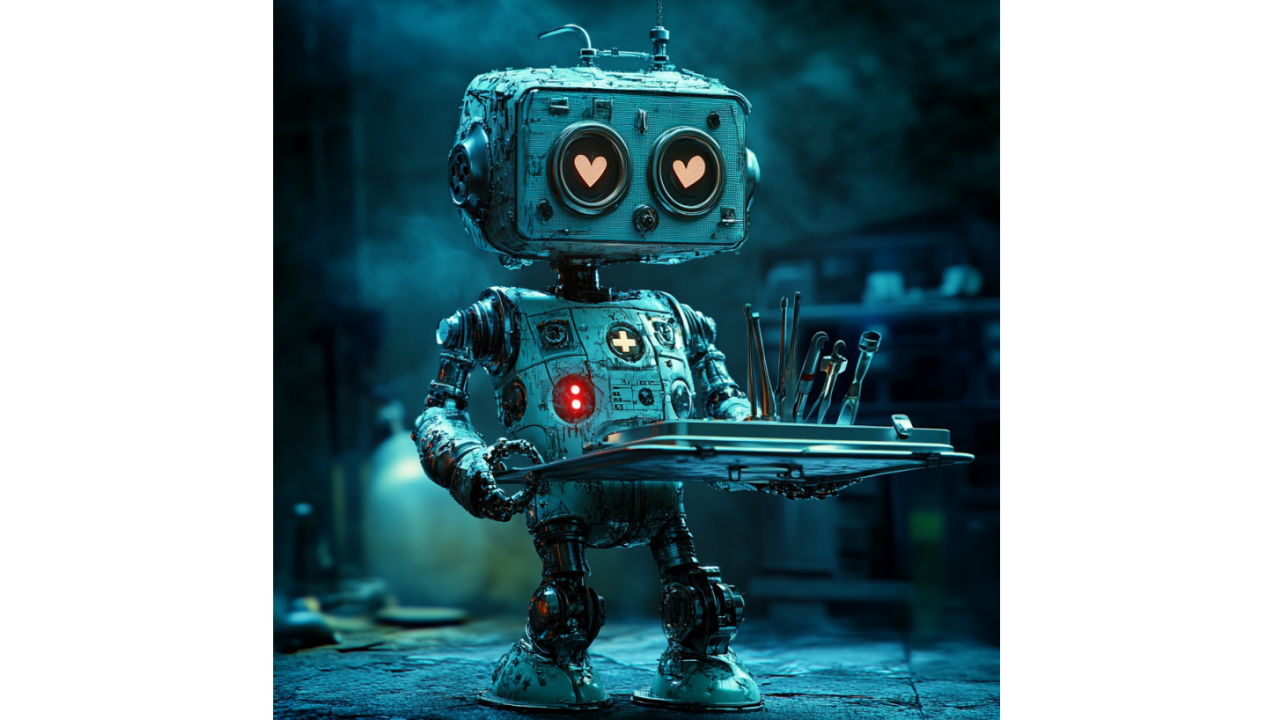FDA's AI Tools Fail Basic Tests While Commissioner Rushes Rollout
The Food and Drug Administration's new artificial intelligence tools are failing at basic tasks while Commissioner Dr. Marty Makary pushes an...
4 min read
 Writing Team
:
May 29, 2025 8:00:00 AM
Writing Team
:
May 29, 2025 8:00:00 AM

Remember when AI was supposed to simplify our lives? Those halcyon days of 2023 when we thought ChatGPT would just handle our emails and call it a day? Well, plot twist: we're now drowning in a Matryoshka doll of artificial intelligence, where every AI solution births three new AI problems that require their own AI solutions.
@aeyespybywinsome It may not only not fix things but may itself need to be fixed. #ai #atla #airesearch
♬ original sound - AEyeSpy
Atla just published research showing that AI agents fail so spectacularly that they need other AI agents to watch them fail and explain why they're failing. Their "actor-critic framework" uses AI to critique AI performance in real-time, because apparently, we've reached the point where our robots need robot therapists. When human critics provided feedback, completion rates jumped by 30%, achieving 80-90% success rates on previously failed tasks—which tells us everything we need to know about how well these systems work without constant hand-holding.
The numbers paint a picture that should terrify any marketer still believing in the AI utopia. While 85% of enterprises plan to use AI agents in 2025 and the AI agents market is projected to reach $7.6 billion in 2025, we're simultaneously building an entire industry around fixing the things that were supposed to fix everything else. It's like selling cars and mechanic shops in the same breath, except the cars break down before they leave the lot.
The modern AI stack has become a monument to technological over-engineering that would make the Tower of Babel blush. Organizations are now at Level 4: "Optimized" where "AI is relied on more and more to improve AI outcomes" and tools are "highly integrated to automate processes"—because nothing says "we've got this figured out" like needing AI to fix your AI to monitor your other AI.
We've created a digital ouroboros where AI maturation requires increasingly complex deployments with "scalability, automation, metrics, and collaboration" forming the cornerstone of successful AI infrastructure. Translation: we need more tools to manage the tools that manage our tools. At some point, we'll need an AI agent to remember which AI agents we have and what they're supposed to be doing.
The research from DA-Code reveals the dirty secret everyone's whispering about: reasoning errors constitute "the majority of non-recoverable errors" with "incorrect logic" being the most common error type. So we've built thinking machines that can't think properly, and our solution is to build more thinking machines to think about why the first thinking machines can't think. This is like hiring a translator to explain why your first translator doesn't understand the language.
Here's where it gets truly absurd: 47% of organizations have experienced at least one negative consequence from AI use, yet we're doubling down by adding more layers of AI to the problem. Atla's research shows that when they used "frontier models like o4-mini" as critics, they achieved only "marginal gains," but human feedback dramatically improved performance.
The pattern is becoming painfully clear—every AI breakthrough spawns three new categories of AI failure that require specialized AI debugging tools. We're not building solutions; we're building a dependency chain that would make a pyramid scheme jealous. Goldman Sachs predicts global AI capital expenditures will eclipse $1 trillion within the next few years, with AI stack infrastructure expected to account for $100 billion of that spending.
We're spending $100 billion to build the infrastructure to manage the problems created by the AI we're spending $900 billion to build. It's the most expensive circular reasoning in human history.
The emergence of companies like Atla, whose entire business model is "we'll build AI to tell you why your AI isn't working," represents a fundamental admission of failure disguised as innovation. They've developed "a tool to automatically identify agent error types" because manual debugging takes "hours of manual reviews and vibe checks"—meaning we've automated ourselves into problems that require automation to understand.
Meanwhile, IBM experts warn that "most organizations aren't agent-ready" and highlight the need for "rigorous stress-testing in sandbox environments to avoid cascading failures". We're building agents to test agents that monitor agents that were supposed to replace human agents. At what point do we acknowledge that we've built a digital house of cards held together by wishful thinking and venture capital?
The real kicker? 82% of organizations plan to integrate AI agents by 2026, primarily for "tasks like email generation, coding, and data analysis"—the same basic functions we thought we'd solved in 2023. We've spent two years building increasingly complex solutions to problems that were allegedly already solved.
Every marketer worth their salt should be asking the uncomfortable question: where does this end? When we need AI to debug the AI that monitors the AI that was supposed to automate our workflows, we've lost the plot entirely. Despite 78% of organizations using AI in at least one business function, few are "experiencing meaningful bottom-line impacts"—probably because they're too busy managing their AI management systems.
The brutal truth is that we've confused complexity with capability. Adding more layers of AI doesn't make the system smarter; it makes it more fragile, more opaque, and more expensive to maintain. We're building Rube Goldberg machines and calling them intelligent automation.
The AI industry has created a beautiful self-perpetuating economy where every solution generates new problems that require new solutions. It's innovation as perpetual motion machine, except the only thing it's generating is billable hours and consultant fees.
Maybe—just maybe—the solution isn't more AI to fix our AI. Maybe it's stepping back and asking whether we actually needed all this artificial intelligence in the first place, or if we just got caught up in the hype of building robots to build robots to build better robots.
But who am I kidding? By next week, someone will probably build an AI agent to critique this article and generate a rebuttal that requires another AI agent to fact-check.

The Food and Drug Administration's new artificial intelligence tools are failing at basic tasks while Commissioner Dr. Marty Makary pushes an...

AI travel tools are everywhere, promising to turn your vacation planning from a spreadsheet nightmare into a seamless digital dream. But after diving...

Stanford just confirmed what we all suspected but nobody wanted to admit: we're systematically eliminating the very people who should be our...